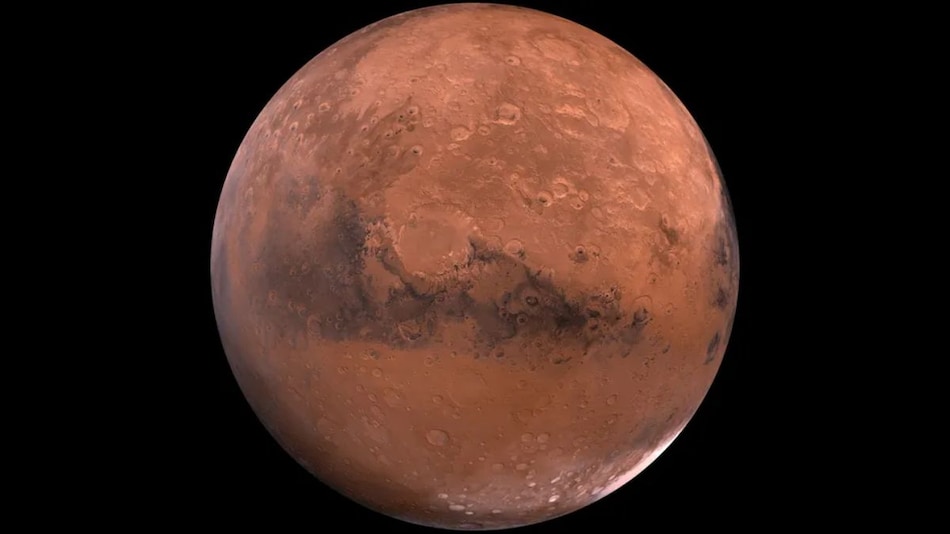Exploding CO₂ ice blocks may explain how Mars’ mysterious sand gullies formed.

CO₂ ice explosions may explain how Mars’ dunes carved their mysterious gullies
Click Here to Add Gadgets360 As A Trusted Source

For years, scientists have puzzled over the mysterious gullies etched into the slopes of Mars’ sand dunes. A new experiment has now revealed an explosive answer — carbon dioxide (CO₂) ice may have carved these features on its own. Earth scientist Dr. Lonneke Roelofs of Utrecht University made a finding that blocks of frozen CO₂. This can move down Martian slopes and explode rows of sand outward to dig deep holes. Roelofs specified that it was like seeing the sandworms in Dune. Her findings were published in Geophysical Research Letters recently.
Exploding CO₂ Ice Blocks Shape Mars’ Dunes and Carve Its Mysterious Gullies
According to the research team, the process begins during the Martian winter when CO₂ frost builds up over dunes as temperatures drop to minus 120 degrees Celsius. As spring sunlight returns, the ice warms rapidly and begins to sublimate — turning straight from solid to gas. The trapped gas builds immense pressure beneath the ice, making it “explode” and push sand aside. This burst of violence sends the ice downhill, carving winding gullies like some patterns seen on Mars.
Roelofs and her student, Simone Visschers, tested this theory. The controlled environment mimicked Martian temperature and air pressure, revealing how CO₂ ice can burrow through sand like a “mole” or the fictional Dune creatures. When the ice blocks stopped, they left behind hollow pits.
The study also showed how CO₂ ice forms on the shaded sides of dunes in Mars’ southern hemisphere. As it sublimates and breaks away, the blocks cascade downward, leaving a trail that shapes the Martian surface.
Roelofs mentioned studying Martian surface processes helps to understand landscape formation beyond Earth. It also points out new clues about planetary evolution and conditions that once made Mars a potential cradle for life.







